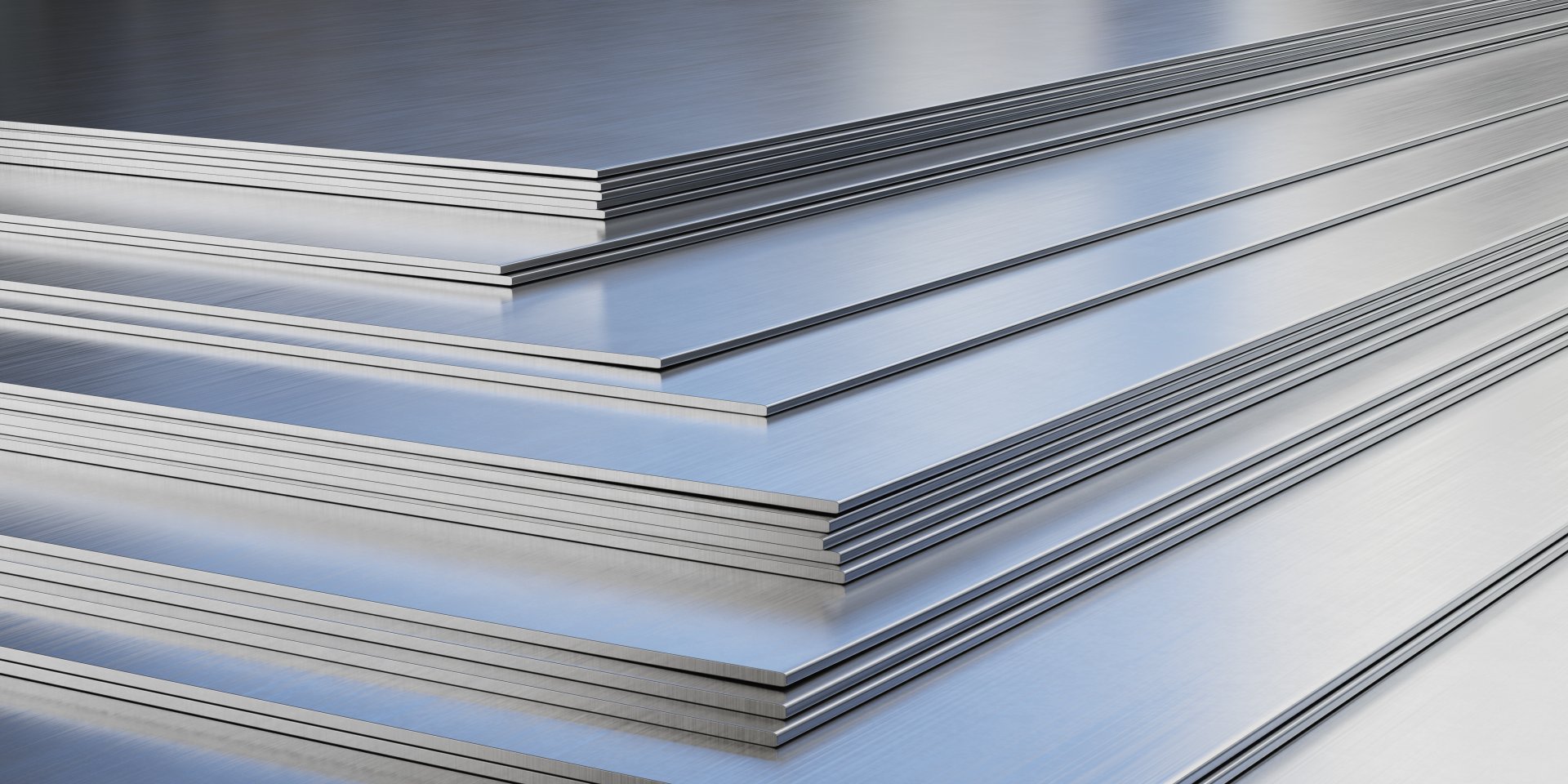High surface area materials with the potential for gas storage, separation and catalysis
Metal organic frameworks (MOFs) are a relatively new class of porous material, built up from metal cation nodes bridged by organic ligand linkers. These materials can be tailored with a great degree of accuracy, allowing improved selectivity when adsorbing gas. MOFs are porous materials that can exhibit very high surface areas that have potential for applications such as gas storage and separation, as well as catalysis.
The range of potential applications for metal organic frameworks is vast, covering areas such as cosmetics, medicine and clean tech. The storage and capture of gases are of particular relevance. Prevalent natural gases like methane have shown big potential for clean fuel sources, such as for cars, but their storage can be costly and dangerous. MOFs could be an answer to this problem.

Car’s fumes emissions
They could also help the reduction of CO2 emissions, which is a critical part of the global battle against climate change. MOFs offer a clean way to capture carbon from fossil fuel combustion.
This project proposes a novel type of highly stable metal organic frameworks for use in gas adsorption, capture and separation applications. The materials are produced using one or more metal salts mixed with an organic ligand then reacted with solvents to form a range of metal organic frameworks with high thermal, water and chemical stabilities.
Metal salt can be selected from ions of Al, Fe, V, Sc, Cr, Ga, and In, the organic ligand is a tetracarboxylic acid. The use of different ions allows a greater control over pore size and hence materials function.
The suitably weak interaction between the MOF materials and captured gas reduces the amount of energy required to drive off captured gas and regenerate the vacated MOF material, potentially saving a lot of running costs compared to organic amine solutions.
Applications for this include:
• CO2 and SO2 capture and storage
• Gas storage and hydrocarbon separation
• Gas filtering and capture in personal protective equipment (PPEs)
• Capture of toxic chemicals
Get in touch with the project manager to find out more.




